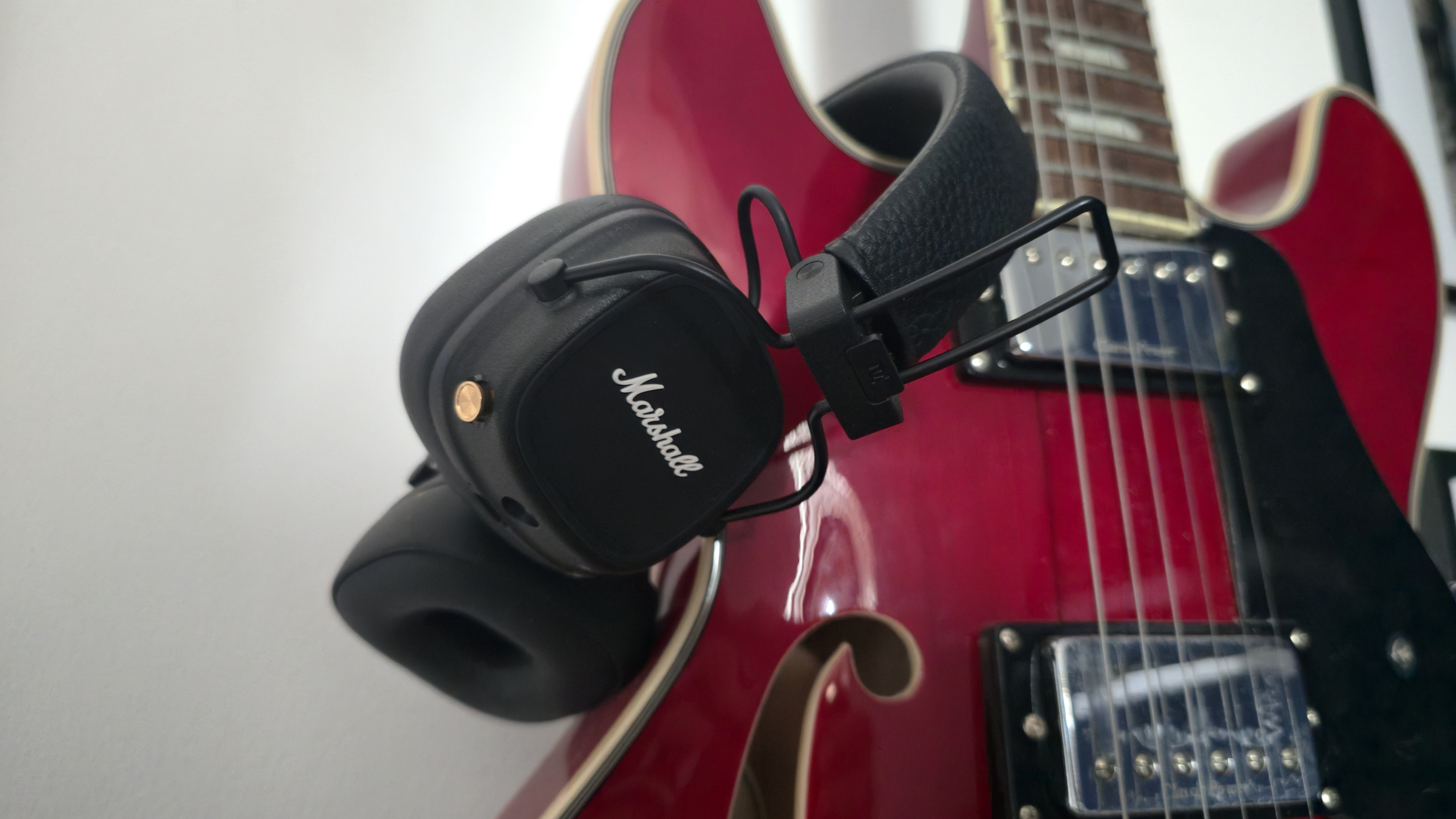10 tips to get started in virtual reality
In celebration of their forthcoming VFX Festival, Escape Studios offer tips on getting started in VR.
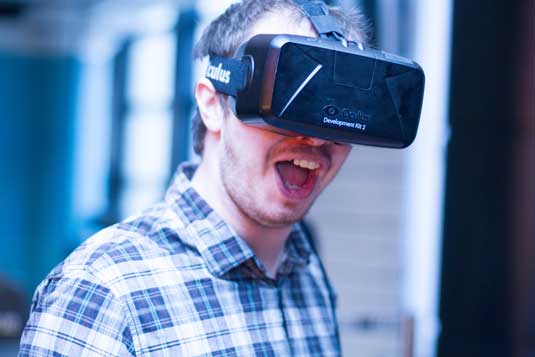
Everyone in the world of 3D is talking about virtual reality right now. And that will certainly be the case at next year's VFX Festival, created by Escape Studios, part of Pearson College London.
Run from February 23-25 at London's O2, the festival will bring the best in VFX, games, animation and motion graphics to industry professionals and anyone considering a career in visual effects. In the meantime, here are Escape Studios' top tips on getting started in VR...
01. Start simple
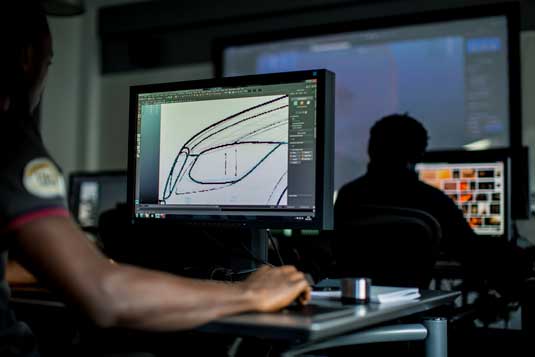
Don't try and create entire worlds at the start: everyone begins with small projects.
02. Focus on quality over quantity
VR isn’t a medium for feature films and the immersion level means you can tell a story or explain a concept in a fraction of the time. Perfect and polish this and you’ll stand out.
03. Show you understand visual language
All VR engages our senses, but the images completely fill our field of view, so understanding how to use colour and composition in particular is vital.
04. Understand 3D space
Looking around and moving in VR can either be amazing or disorientating or even worse, nauseating. Simulator sickness is something you MUST understand! Think about how much you are demanding of your audience and adapt the experience accordingly.
05. Test, test, test

The rules haven’t been defined in Virtual Reality yet so try new things, work out what works, what feels right and make a stamp on the storytelling rules within VR. Keep your assumptions light and flexible and be ready to scrap and start again.
Get the Creative Bloq Newsletter
Daily design news, reviews, how-tos and more, as picked by the editors.
06. Appreciate different technologies
VR combines elements of film, games, UI, audio design, etc. You may not be an expert in all these, but having an understanding of what they involve will help you immensely. The lines between mediums will continue to blur and game engines such as Unreal, will no longer purely be for game creation.
07. Build tools
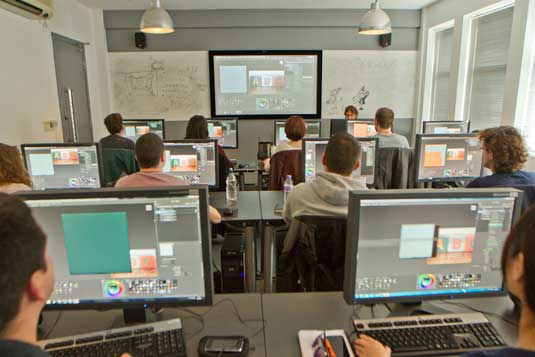
A full Nuke workflow is on the way but software solutions for VR are in their infancy and there are countless interface layers, SDKs and plugins to be built. Great content won’t happen without them.
08. Think of the audience
Think what makes an engaging experience, whether it be a game, a film or a piece of theatre, and then think how this can be translated into VR. What would be easy, what would be difficult, what would be better and what would be worse? Then think HOW you’d do it. What tech exists, what is being developed, what is still in the imagination? Now you’re beginning to think like a VR developer...
09. Explore what’s out there

There are thousands of articles, videos, demos, events, case studies and published VR projects online. In particular, you must read the Oculus Best Practices Guide: let it be the foundation for everything. Read, watch, experience and take inspiration for your own work.
10. Learn from the experts
This is an emerging discipline and things are changing all the time. Come to the Hamilton+Kidd talk at the VFX Festival to see how you can craft VR experiences for different brands and how they see the future of VR unfolding.
The VFX Festival, created by Escape Studios, part of Pearson College London, will run from February 23rd - 25th 2016 at London's O2. Bringing the best in VFX, games, animation and motion graphics to industry professionals and anyone considering a career in visual effects. Find out more here: www.thevfxfestival.com
Join the VR revolution with 3D World
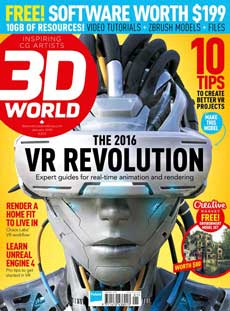
Out today, issue 203 of 3D World is a must-read for any artist looking to make the leap into VR. Leading artists from Chaos Group Labs, Epic Games, Allegorithmic reveal what the future has in store for artists wanting to model, animate and create for VR. Learn how to enhance your workflow in Unreal Engine 4, create VR renders using V-Ray and discover the 10 rules every game artist must know. Plus tutorials cover high-poly creature modelling in ZBrush, rending in Arnold for Maya, advice to remove tracking markers in Nuke and tips for a perfect 3D-printed model. Buy your copy today!
Like this? Read these
- 7 ways VR will change our lives forever
- Free Photoshop brushes every creative must have
- Hands-on review: Adobe After Effects CC

Thank you for reading 5 articles this month* Join now for unlimited access
Enjoy your first month for just £1 / $1 / €1
*Read 5 free articles per month without a subscription

Join now for unlimited access
Try first month for just £1 / $1 / €1

The Creative Bloq team is made up of a group of art and design enthusiasts, and has changed and evolved since Creative Bloq began back in 2012. The current website team consists of eight full-time members of staff: Editor Georgia Coggan, Deputy Editor Rosie Hilder, Ecommerce Editor Beren Neale, Senior News Editor Daniel Piper, Editor, Digital Art and 3D Ian Dean, Tech Reviews Editor Erlingur Einarsson, Ecommerce Writer Beth Nicholls and Staff Writer Natalie Fear, as well as a roster of freelancers from around the world. The ImagineFX magazine team also pitch in, ensuring that content from leading digital art publication ImagineFX is represented on Creative Bloq.
